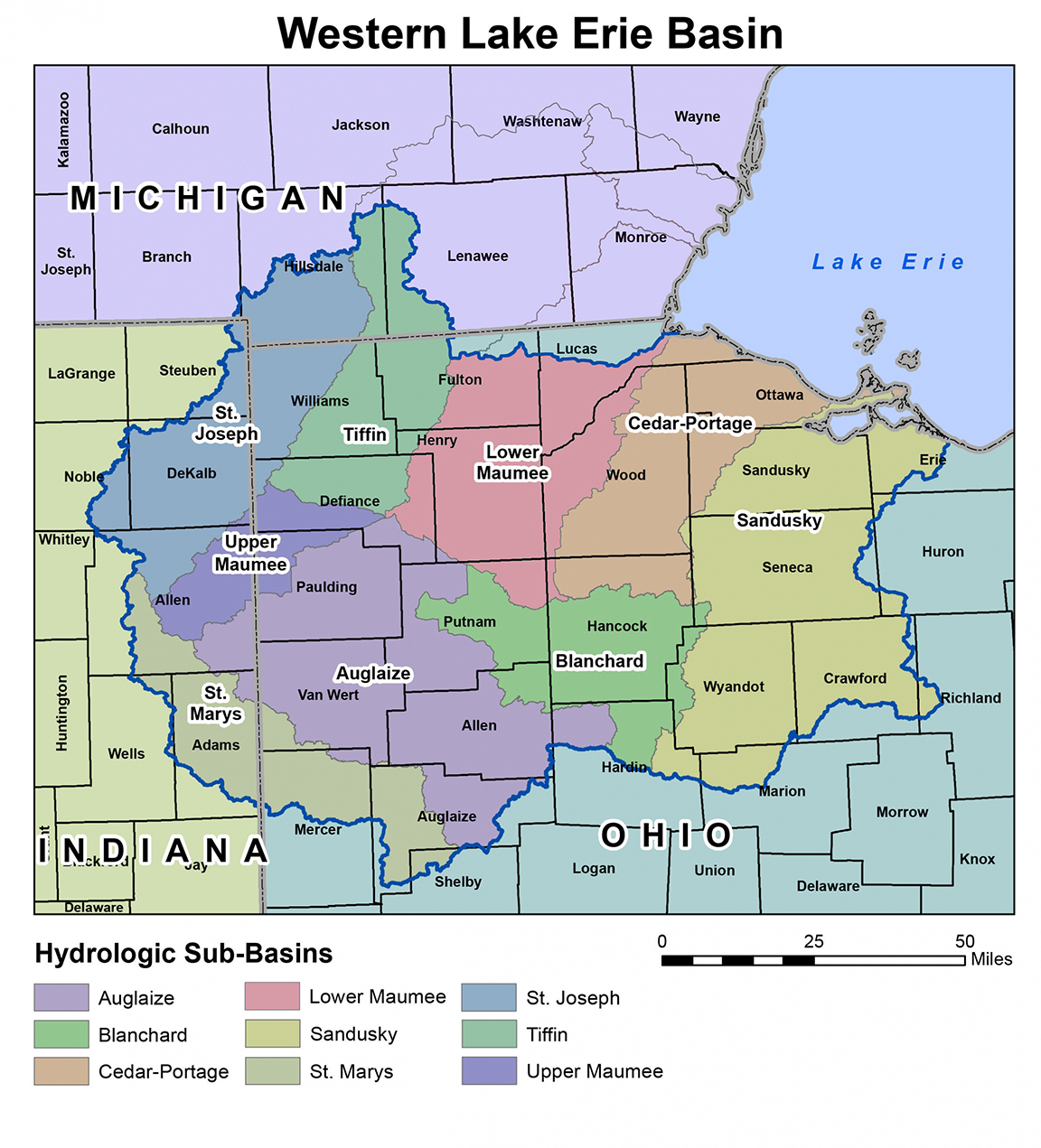Strip Tillage Fall Nitrogen Application
We designed this study to demonstrate differences in nitrogen rates and yields under the same nitrogen product, where the producer planted corn for two consecutive growing seasons.
We conducted this trial to:
- demonstrate strip till application of anhydrous ammonia, a proven conservation practice.
- demonstrate how the farmer can conduct his own on-farm NUE using field-scale equipment with minimal disruption of his normal field operations.
- show how RTK guidance and variable-rate application equipment can improve nitrogen application efficiency.
- show how RTK yield monitoring equipment works at harvest time.
- show how the farmer and his advisers can collect data and make management decisions during the winter months.
We set plot sizes to match the farmer’s equipment width, which allowed him to do all of the plot work needed for the demonstration.
%20(1).jpg)
We created a fertilizer application map for the whole field (below). Marked areas indicate replicated plot locations and their assigned application rate.
The farmer applied anhydrous ammonia fertilizer in the fall, in a strip-tilled area. He harvested the plots with his yield-monitor-equipped combine.
We analyzed his yield data along with fertilizer rate and other data including field observations and soil and plant analysis and we used the Crop Nutrient Response Tool* to determine the maximum economic rate of nitrogen: 212 pounds per acre.
We encourage other farmers in the watershed to adopt this approach to collecting information critical to making fully informed nitrogen management decisions.

*International Plant Nutrition Institute designed the Crop Nutrient Response Tool to assist interpretation and record-keeping for on-farm field crop trials involving multiple rates of any added nutrient. It provides the an estimate of optimum rate for a single-year response - the most economic rate (MERN) at which it is profitable to apply a purchased nutrient - from limited data. It can also estimate several basic forms of nutrient use efficiency (NUE): partial factor productivity, agronomic efficiency, partial nutrient balance, and recovery efficiency. Source: International Plant Nutrition Institute.

